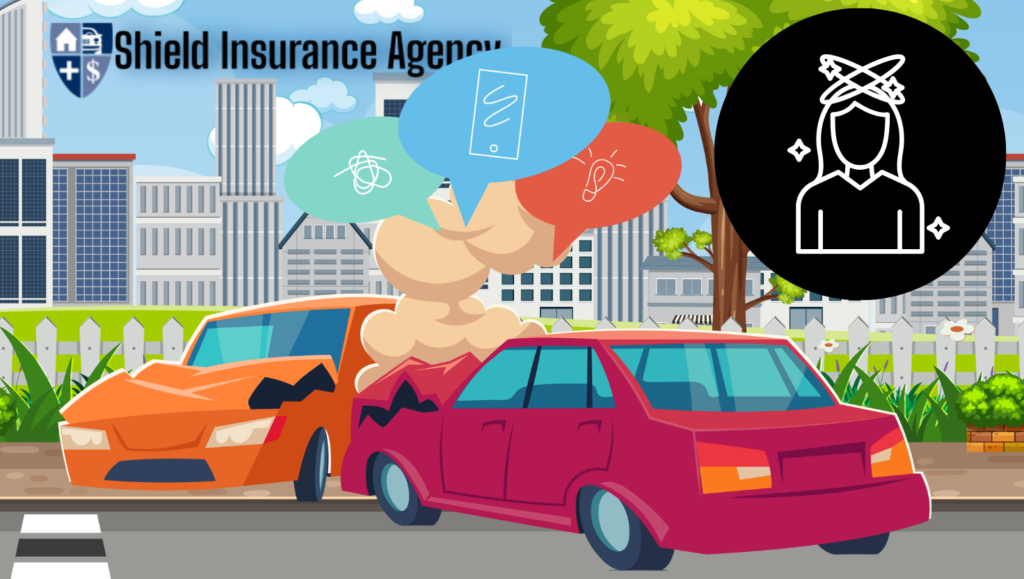Breaking up with distracted driving
Distracted driving is a bad habit, and one worth breaking.
It’s dangerous — not only for drivers and their passengers but also for pedestrians and bicyclists. It can also be deadly. In 2016, 9% of fatal crashes in the U.S. were reported as distracted driving crashes and about 14% involved a cell phone. Additionally, drivers age 15 to 19 years old made up the largest proportion of drivers who were distracted at the time of a fatal crash.
It all comes down to this: if we can break our distracted driving habits, we can help save lives. And that’s worth doing!
Safe driving requires visual, manual, and cognitive attention to work together. Taking your attention away from even one of these areas means you’re driving distracted.
1. Visual.
Visually distracted driving means taking your eyes off the road. To properly see, anticipate and react to obstacles while driving, you must watch the road.
Examples of visual distractions:
- Taking your eyes off the road to adjust your radio, climate controls or navigation system
- Reading something on your cell phone, a book or a computer
- Looking in your rearview mirror to talk to a passenger
- Watching an accident scene as you drive by (i.e. “rubbernecking”)
Reduce visual distractions by:
- Asking a front seat passenger to adjust your radio or climate controls.
- Setting the location in your navigation system prior to driving. If you need to adjust it mid-drive, safely pull off the road or park to update the system from your stationary vehicle.
- Placing devices outside of your reach while driving so you can’t pick them up.
- Focusing your eyes on the road instead of passengers inside your vehicle.
- Practicing extra caution while driving by an accident scene and watching for people, cars and road debris in the path ahead of you.
2. Manual.
Manual distracted driving means taking your hands off the steering wheel. Keeping two hands on the steering wheel is the best way to stay on the road and avoid accidents. One hand, two knees or anything else you might use to steer your vehicle isn’t going to give you the control or turning radius to stay safe.
Examples of manual distractions:
- Taking a hand off the steering wheel to adjust your radio, climate controls or navigation system
- Texting or talking on a cell phone or operating a device while driving
- Eating, drinking, smoking or putting on makeup
- Searching for an item in your purse or fast food bag
Reduce manual distractions by:
- Asking a passenger to adjust your radio, climate controls or help you navigate.
- Making hands-free phone calls and committing to never text while driving.
- Putting devices outside of your reach or turning them off.
- Applying makeup, eating or smoking only in a parked and stationary vehicle.
- Keeping both hands on the steering wheel when the car is in motion.
3. Cognitive.
Cognitive distracted driving means not focusing on driving. Stress is no stranger to most drivers. But when thoughts, feelings or tiredness get in the way of paying attention to what’s happening on the roadway, it’s time to pull over and take a break. Then you can come back onto the road ready to focus and drive safely.
Examples of cognitive distractions:
- Tiredness
- Daydreaming
- Crying or emotional distress
- Listening and singing with the radio or other music
Reduce cognitive distractions by:
- Pulling over to rest if you become tired while driving.
- Actively thinking about driving.
- Pulling off to a safe location until you’re ready to drive again.
- Driving alone without passengers or asking them to quietly occupy themselves.
- Turning off the radio or music and enjoying the sounds of the world around you.



















































